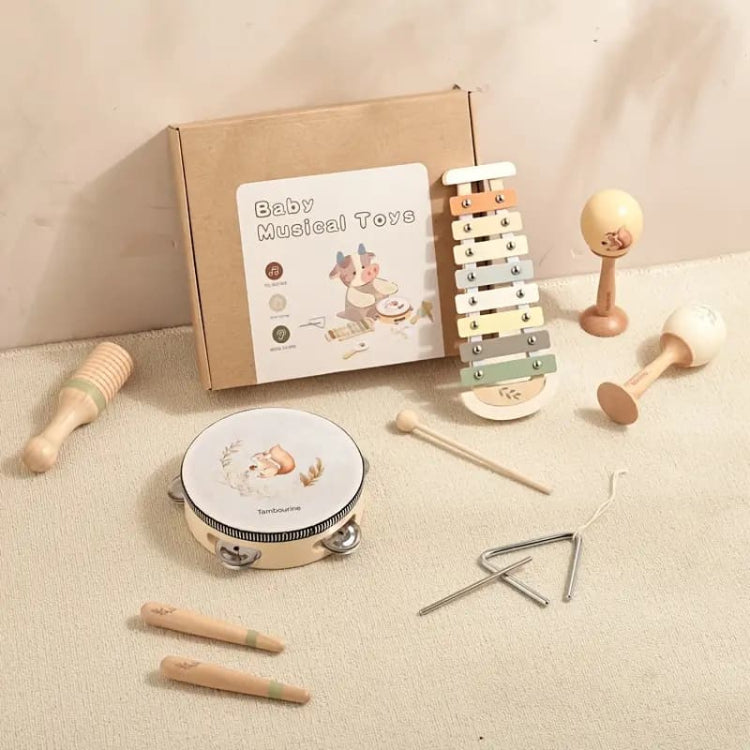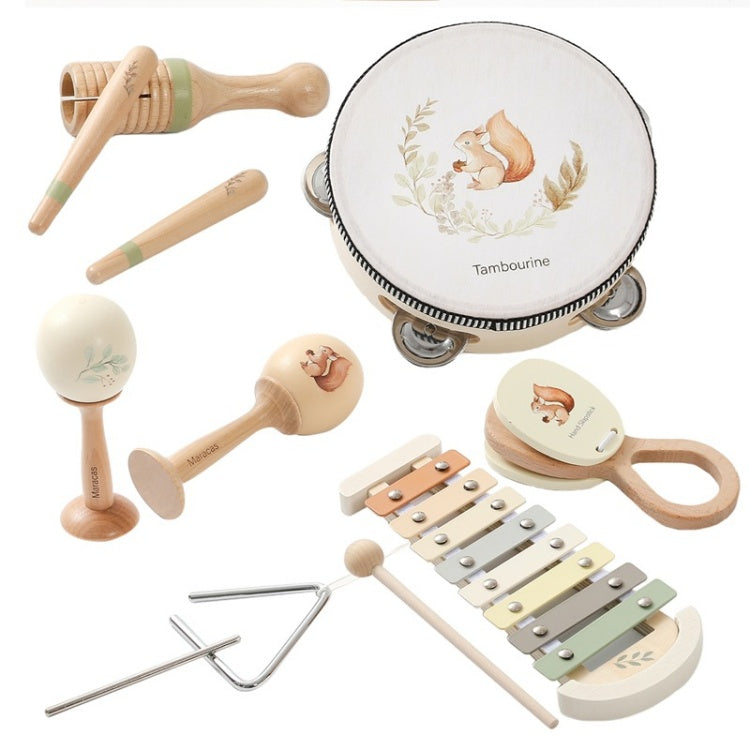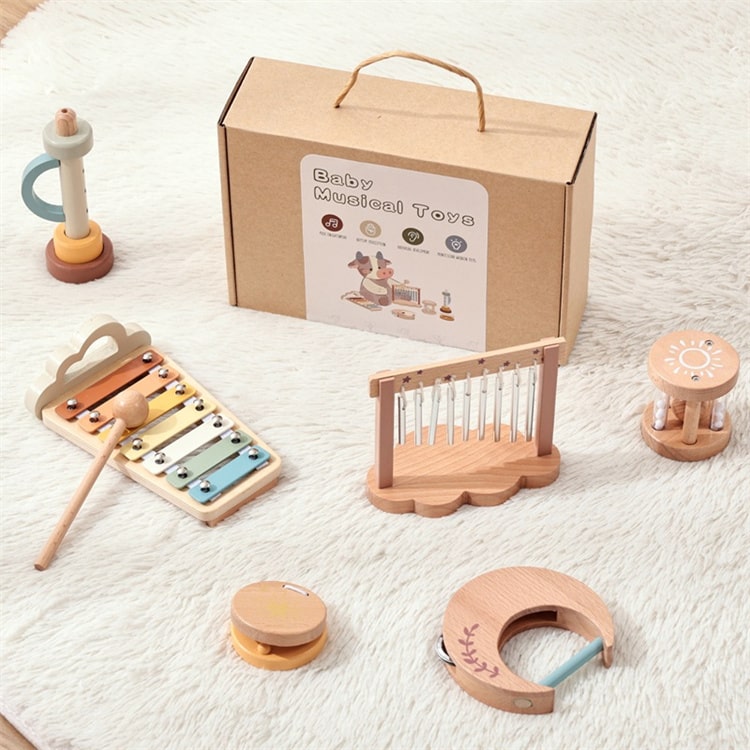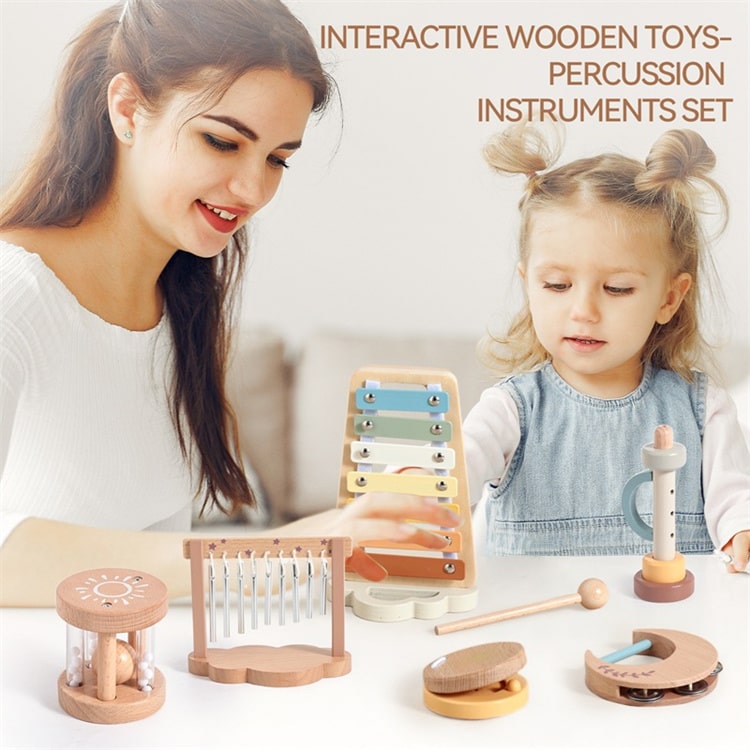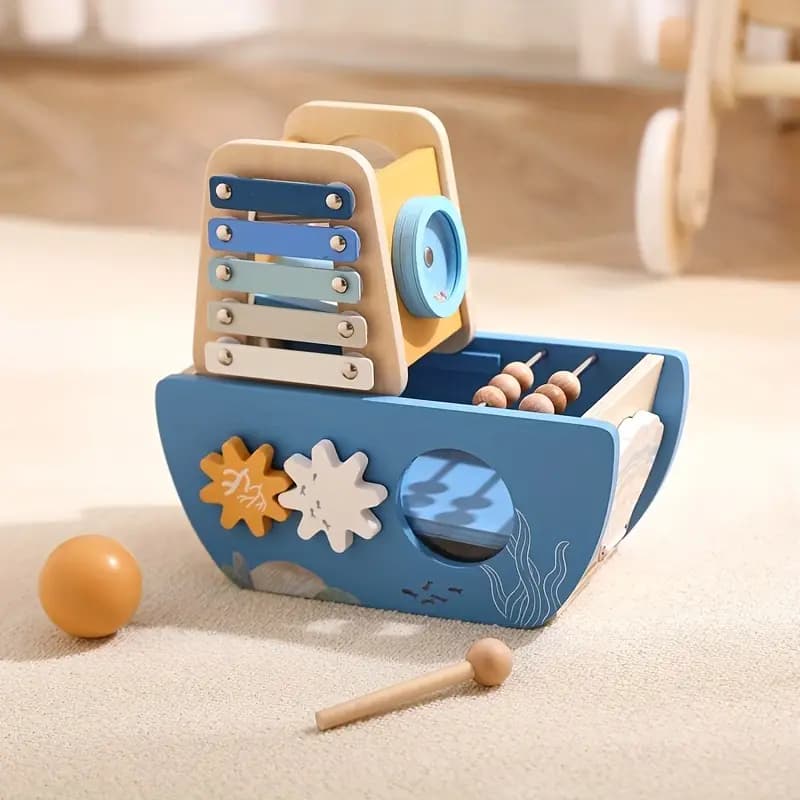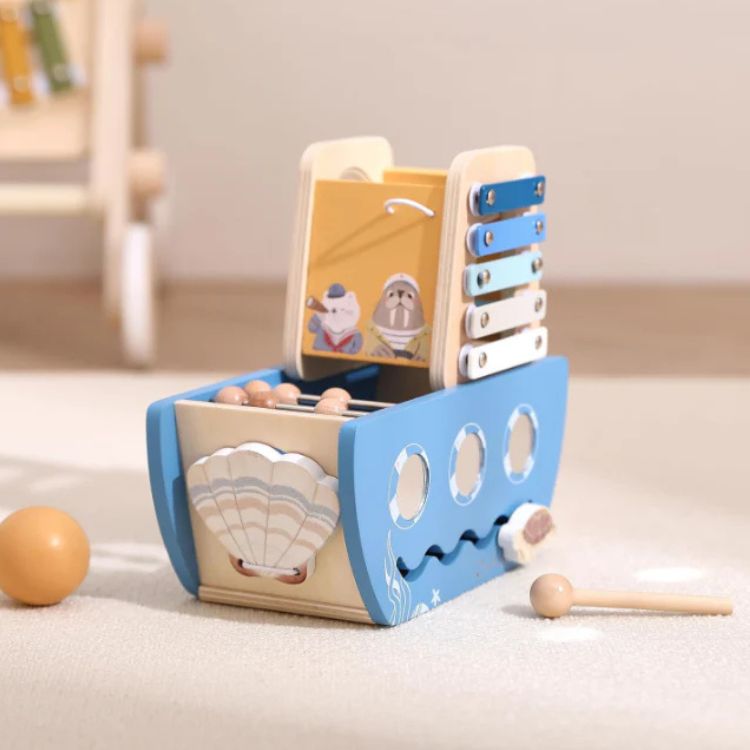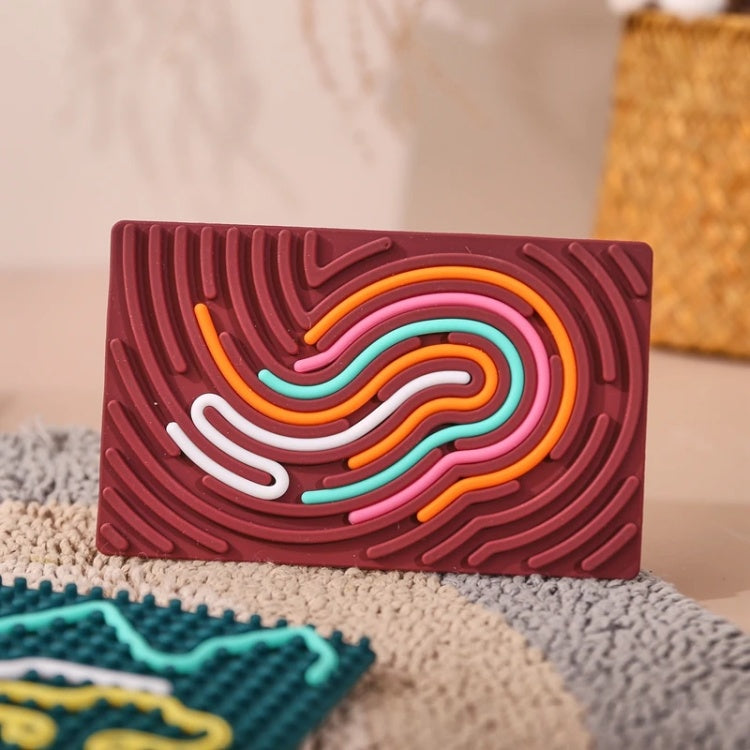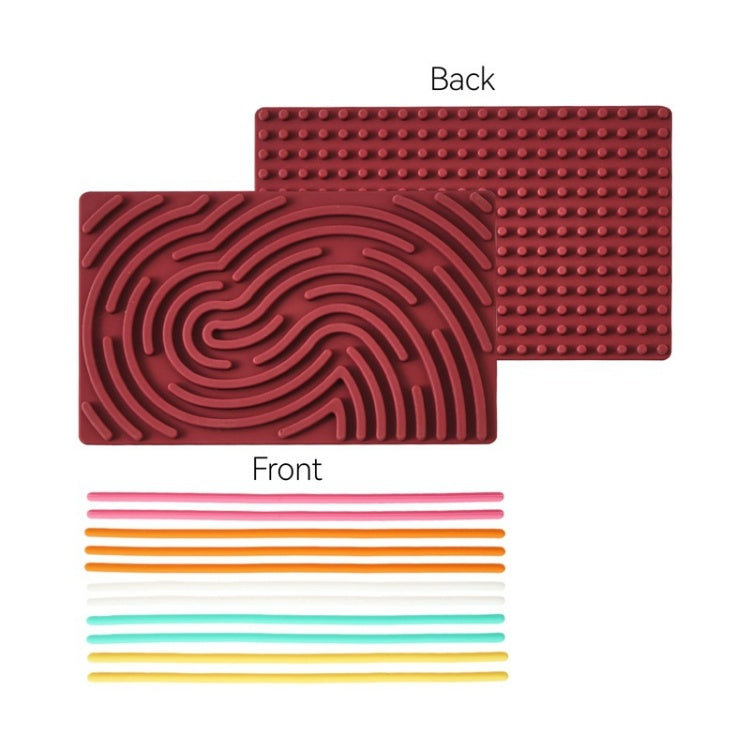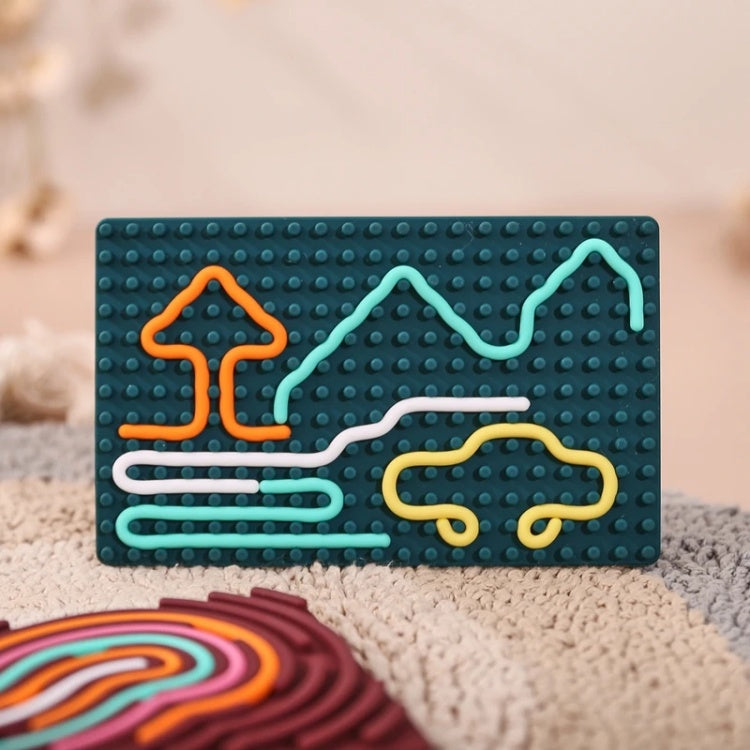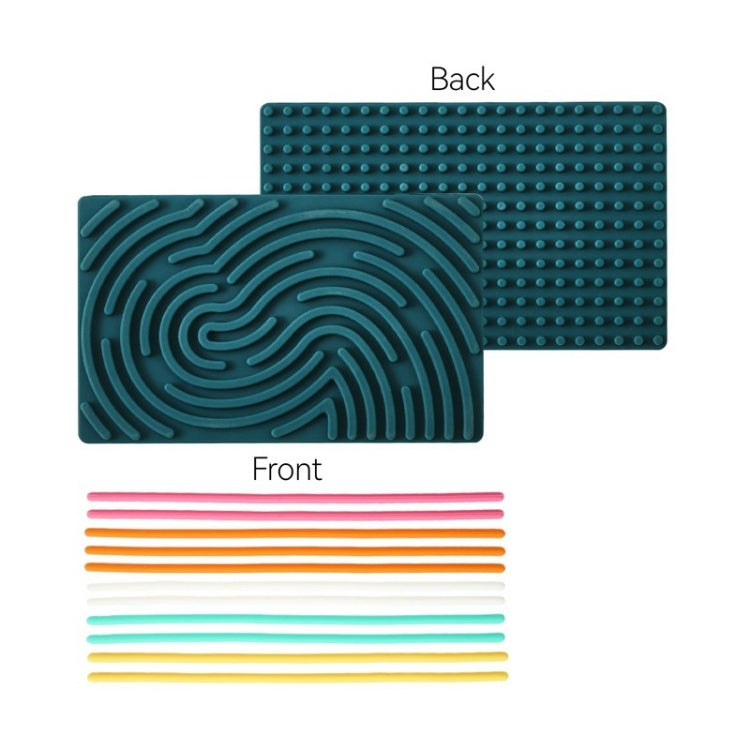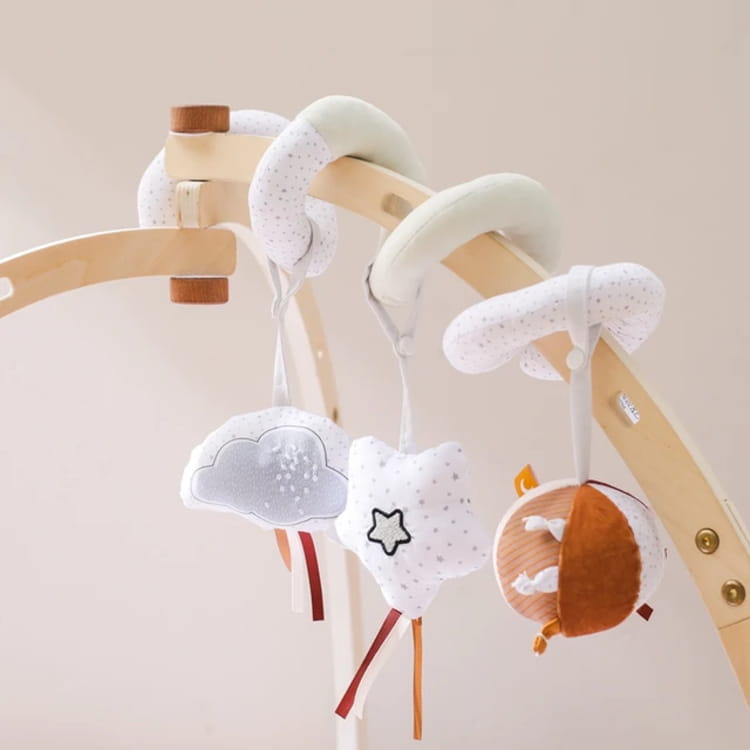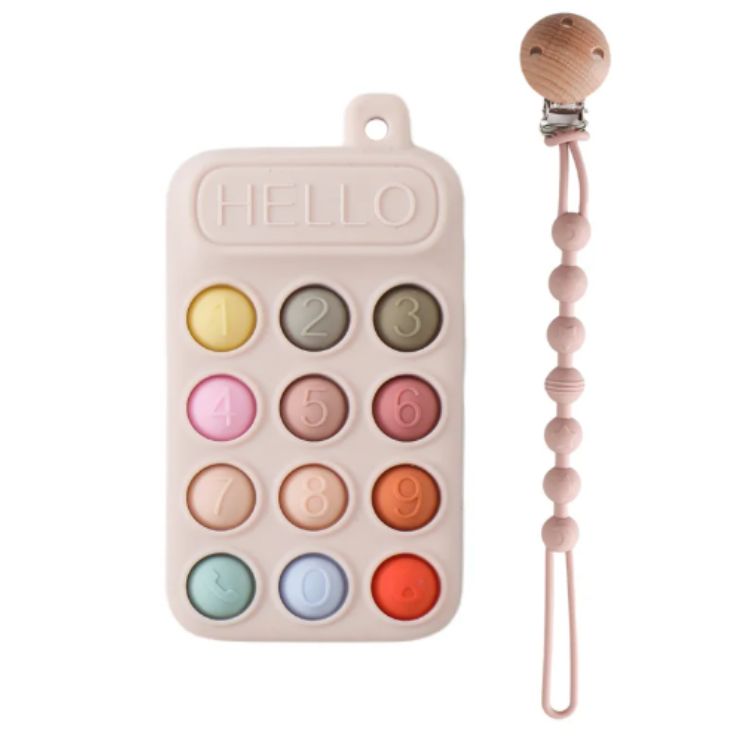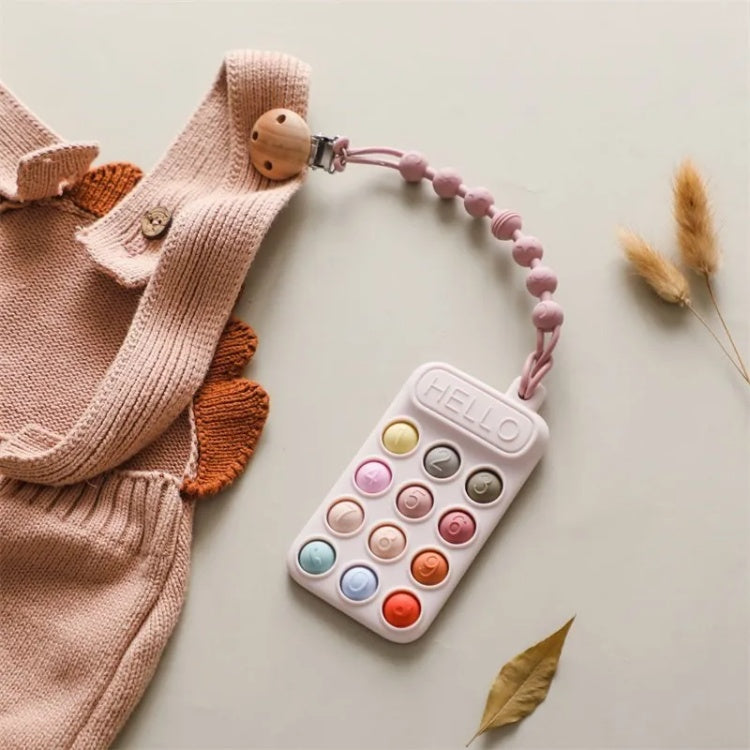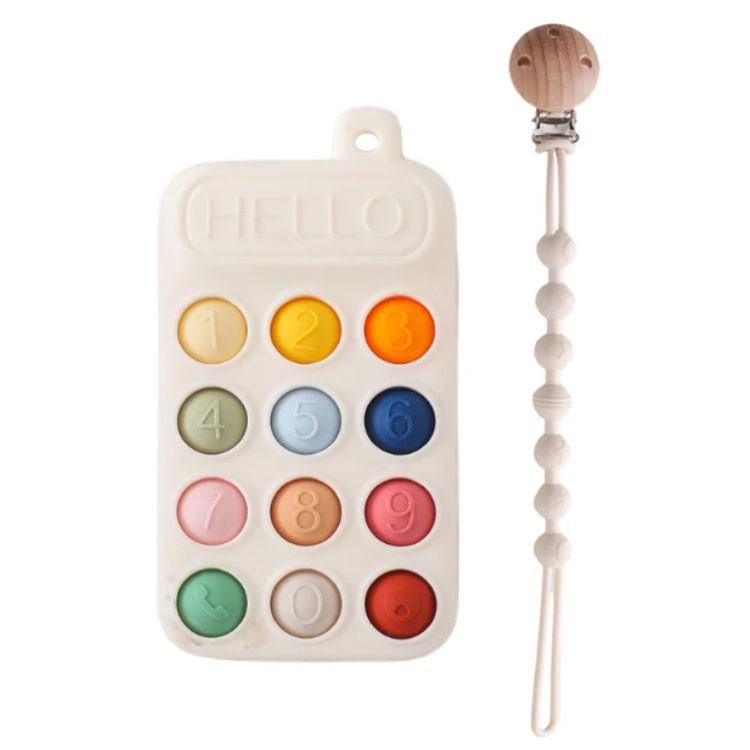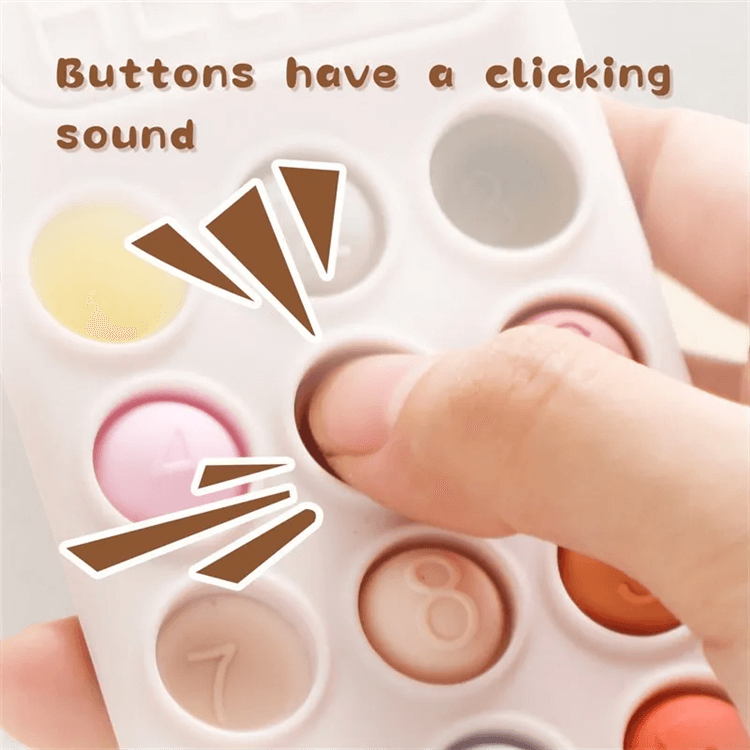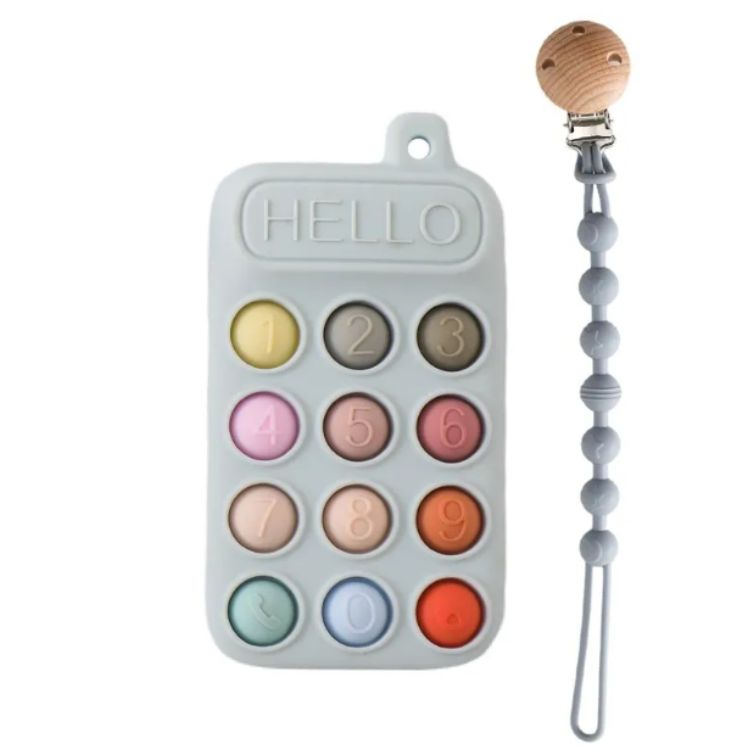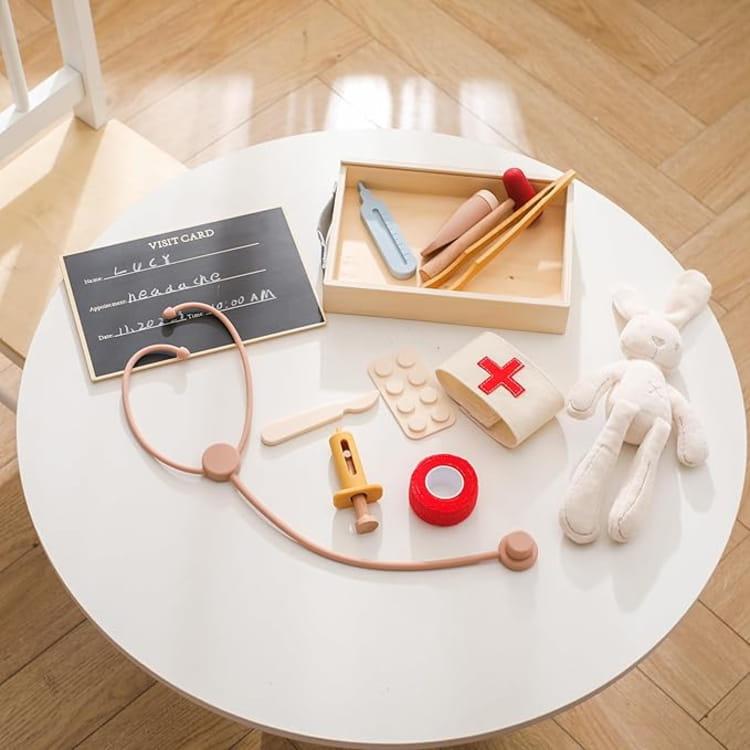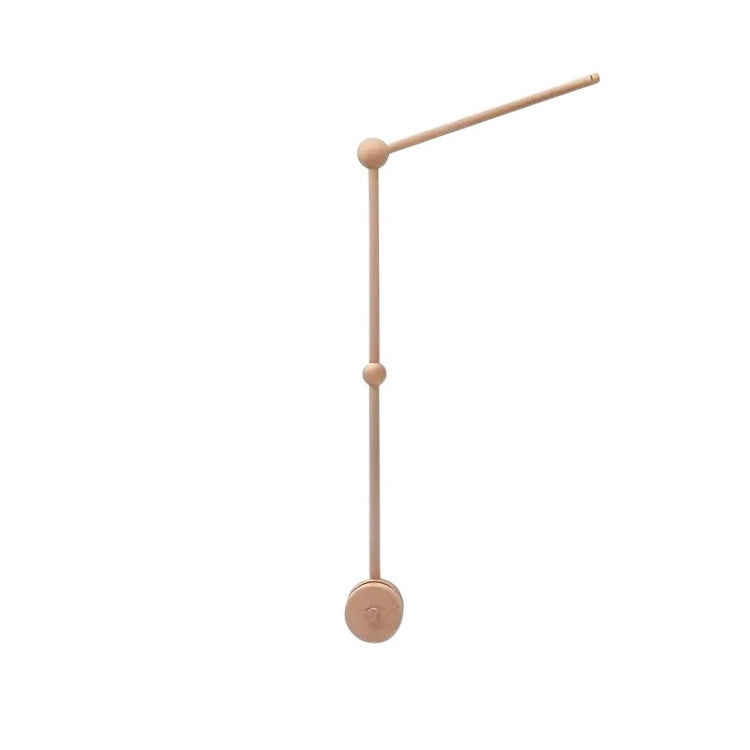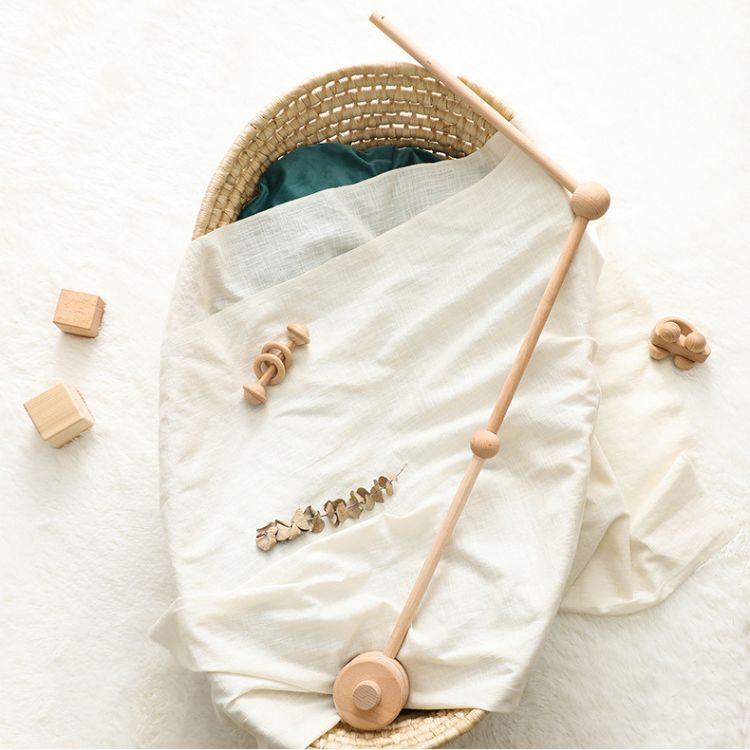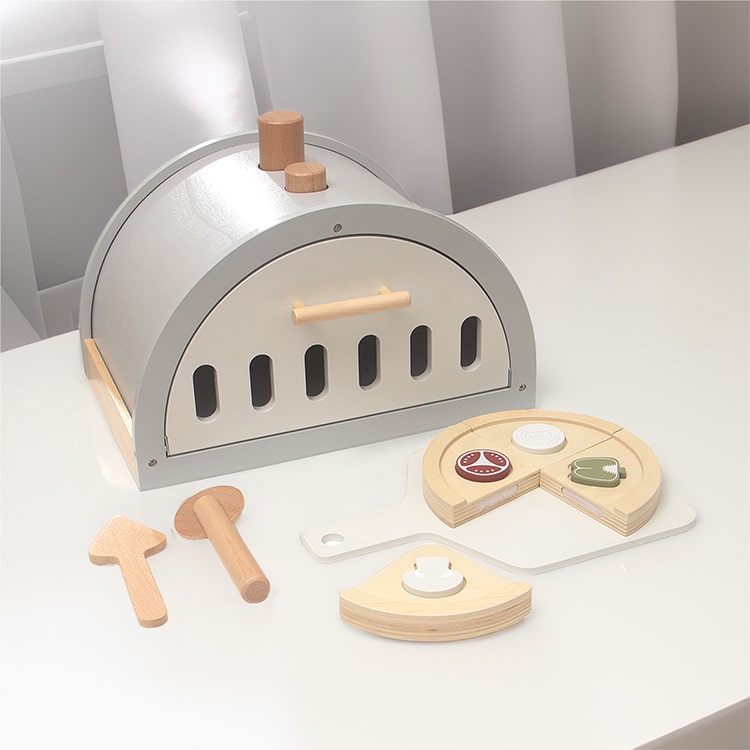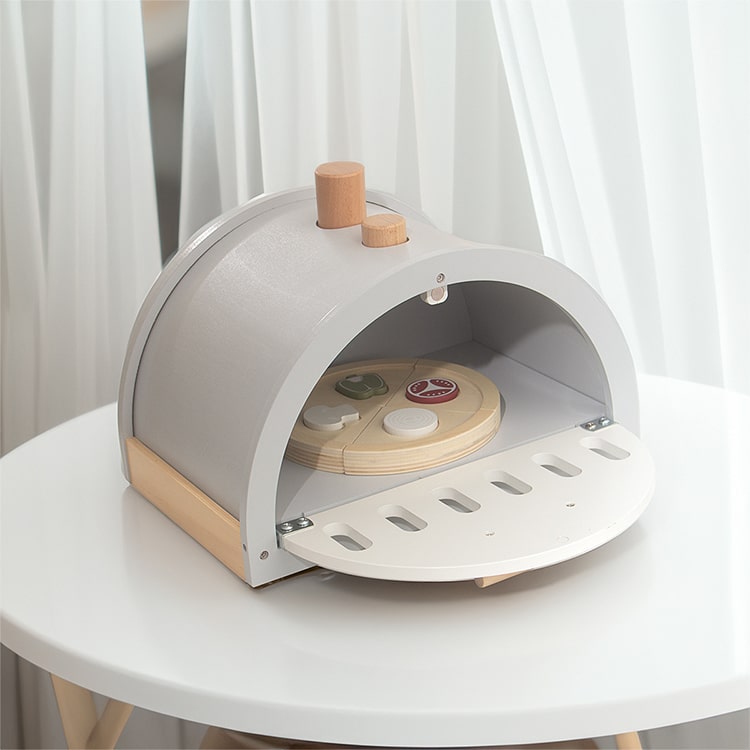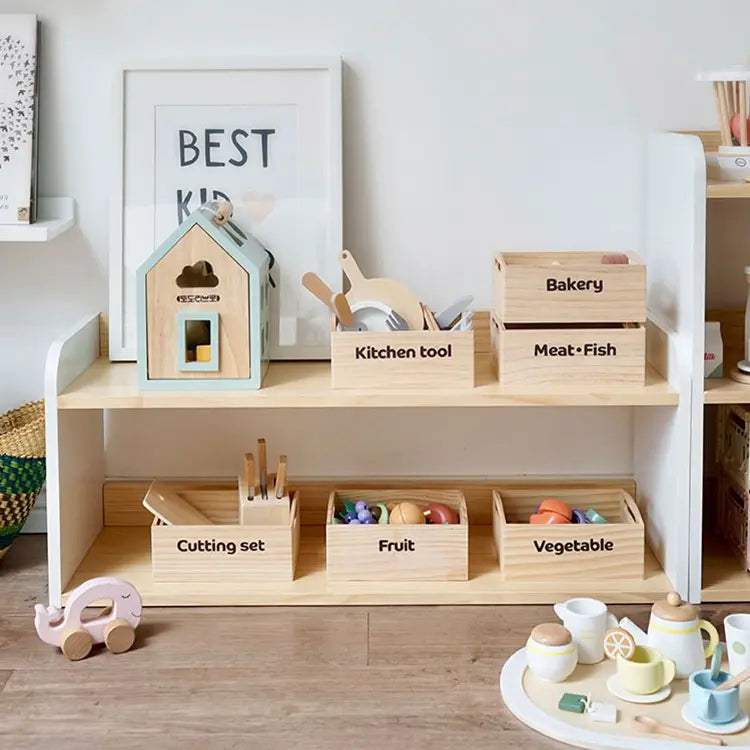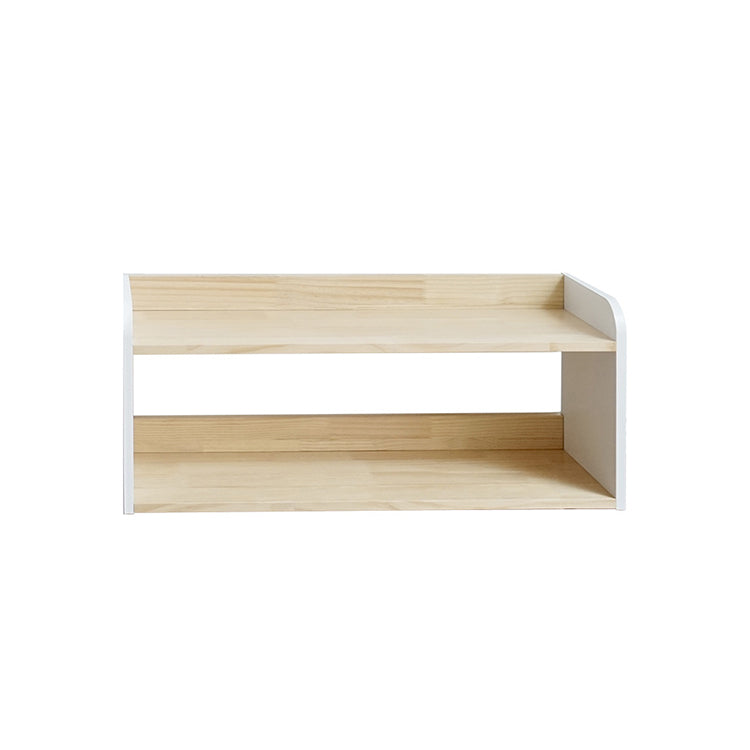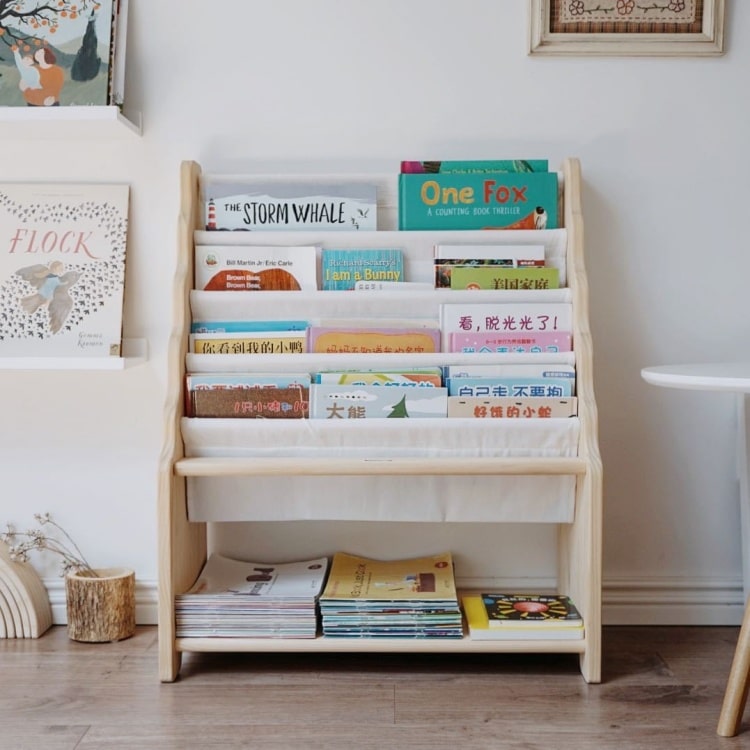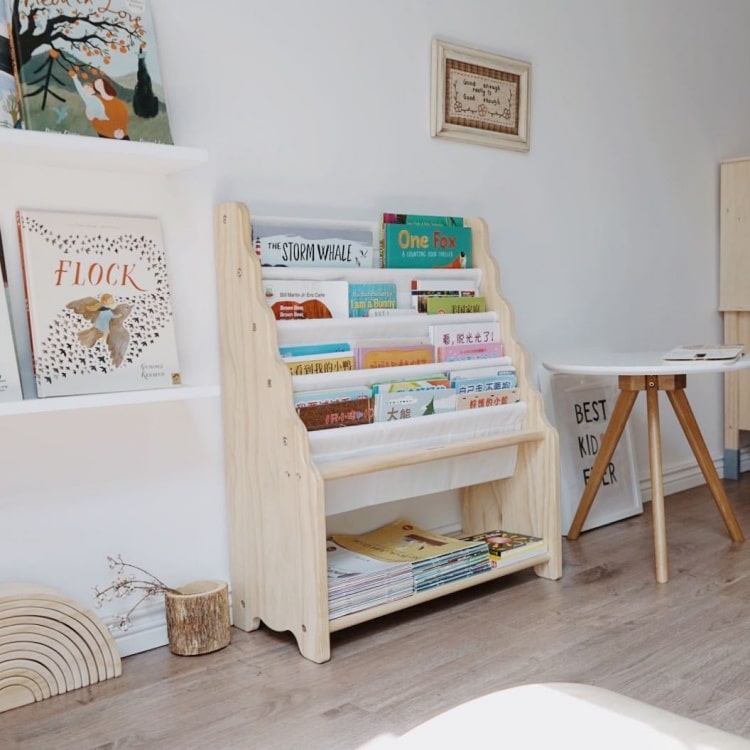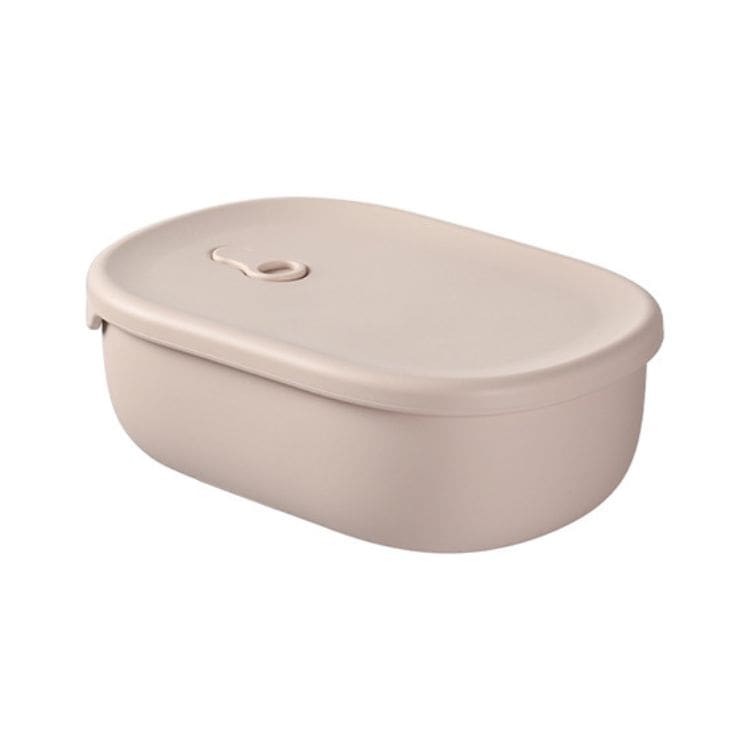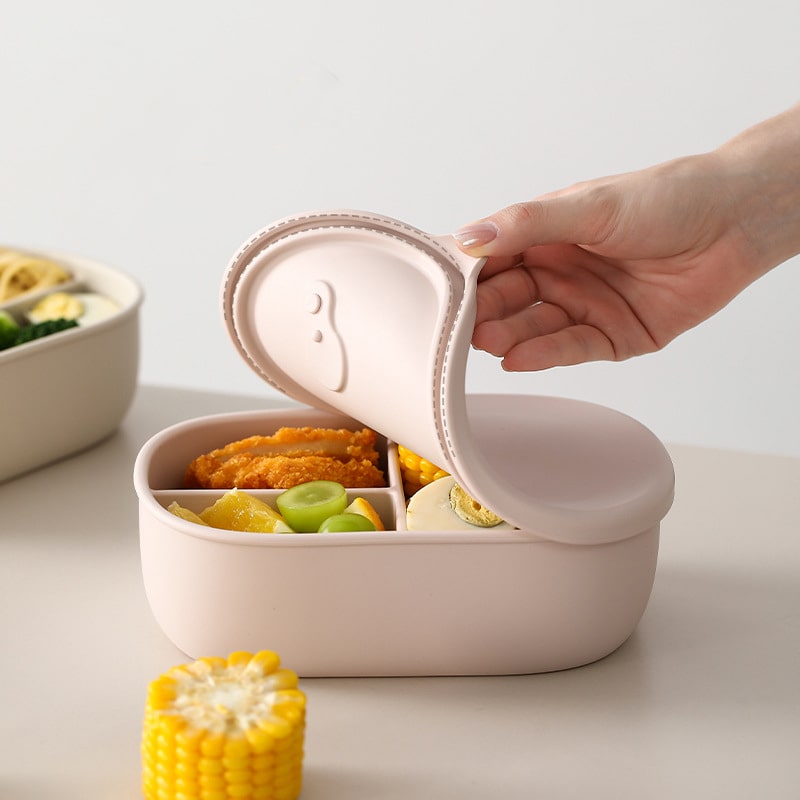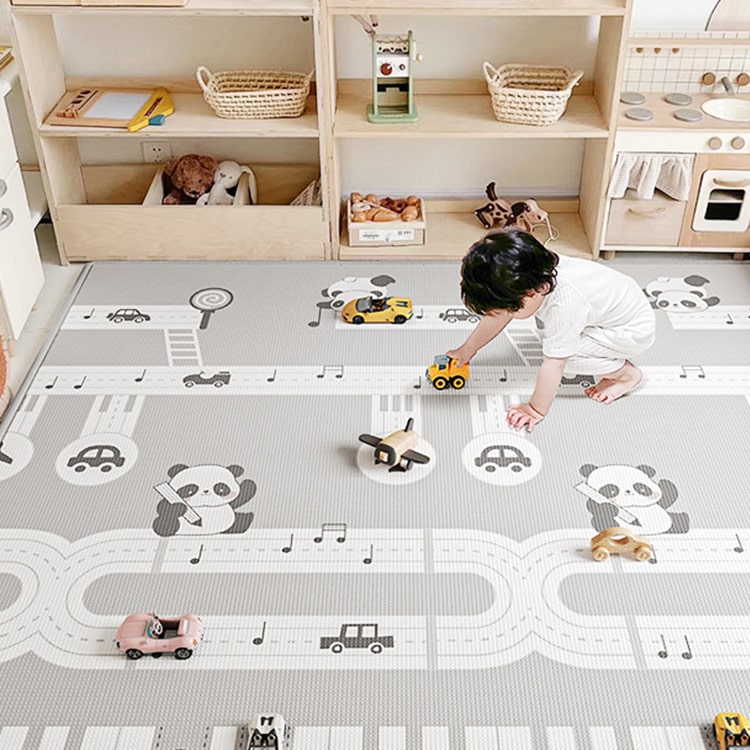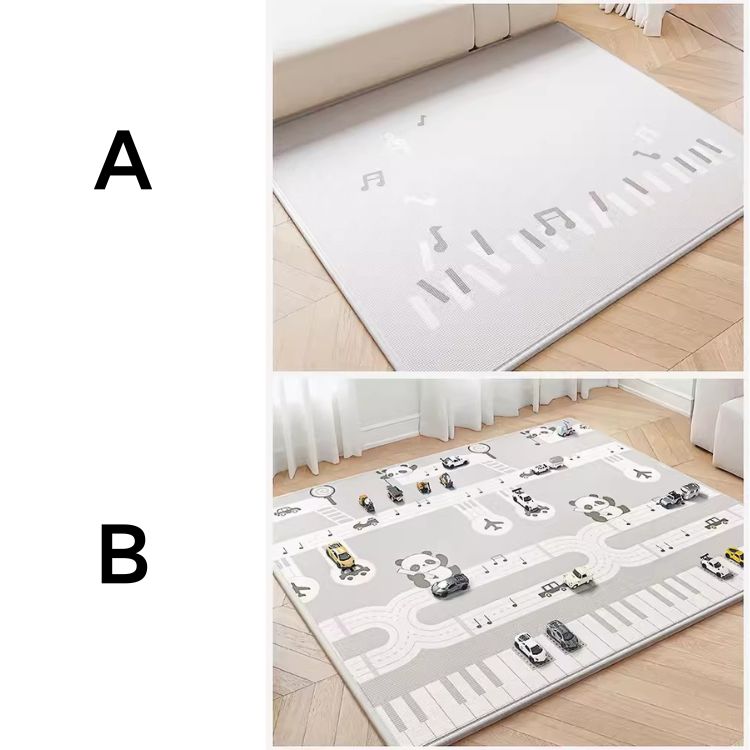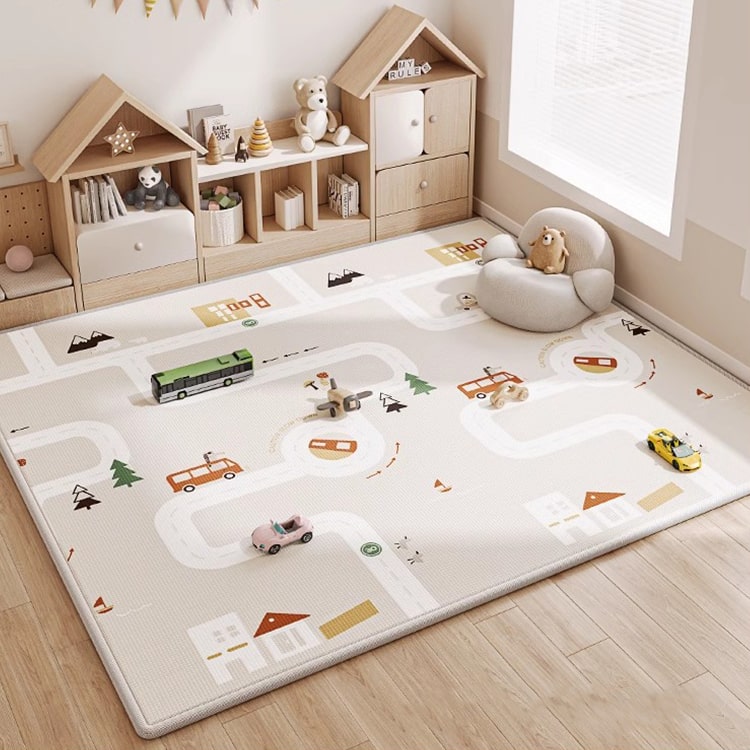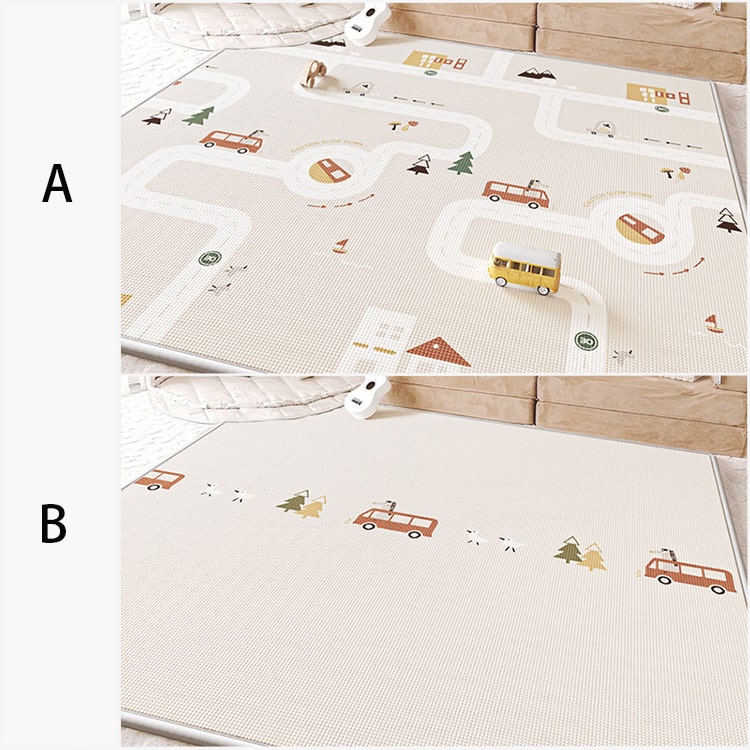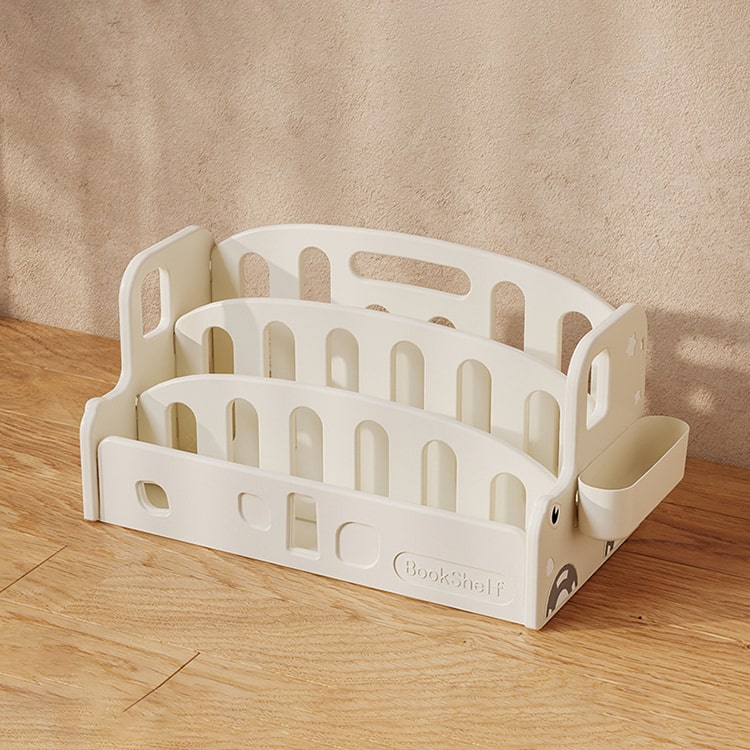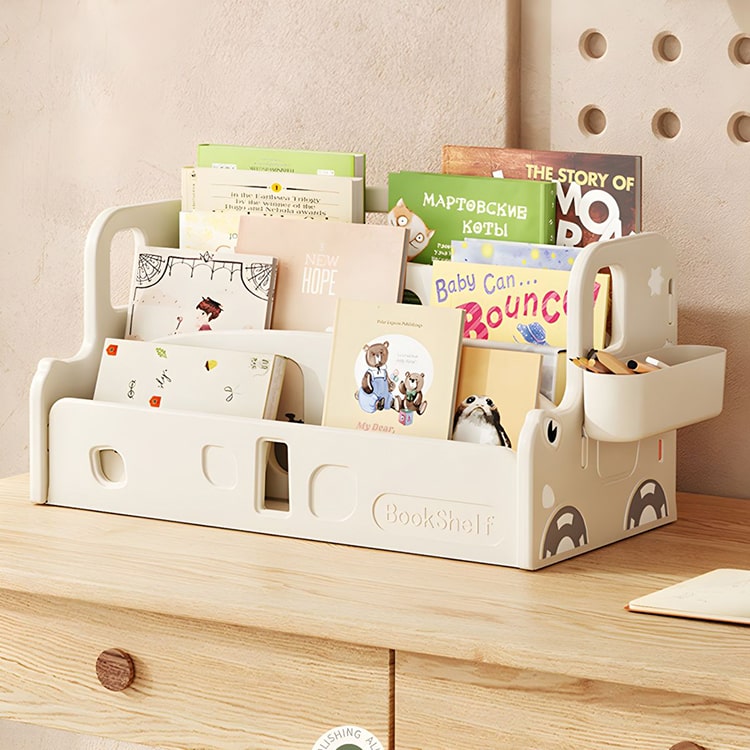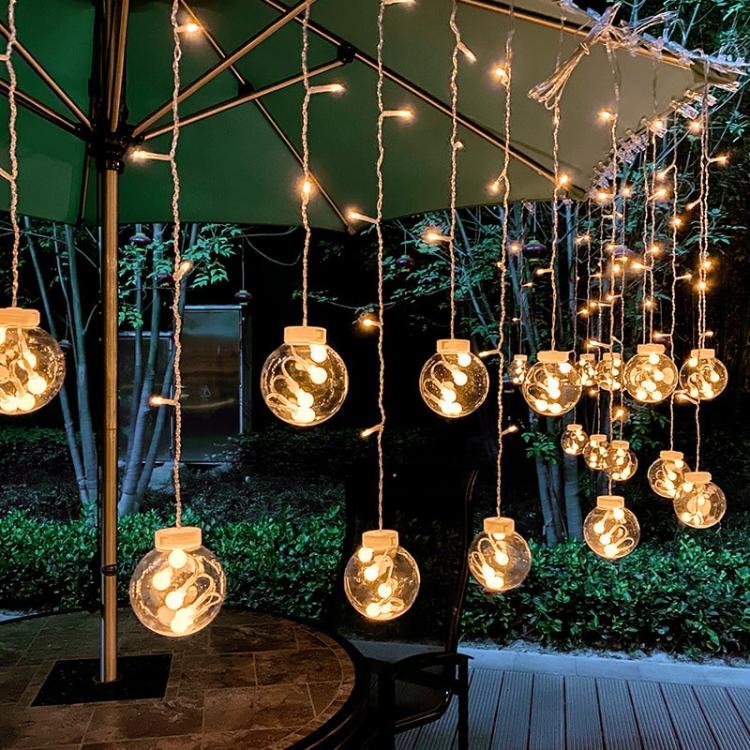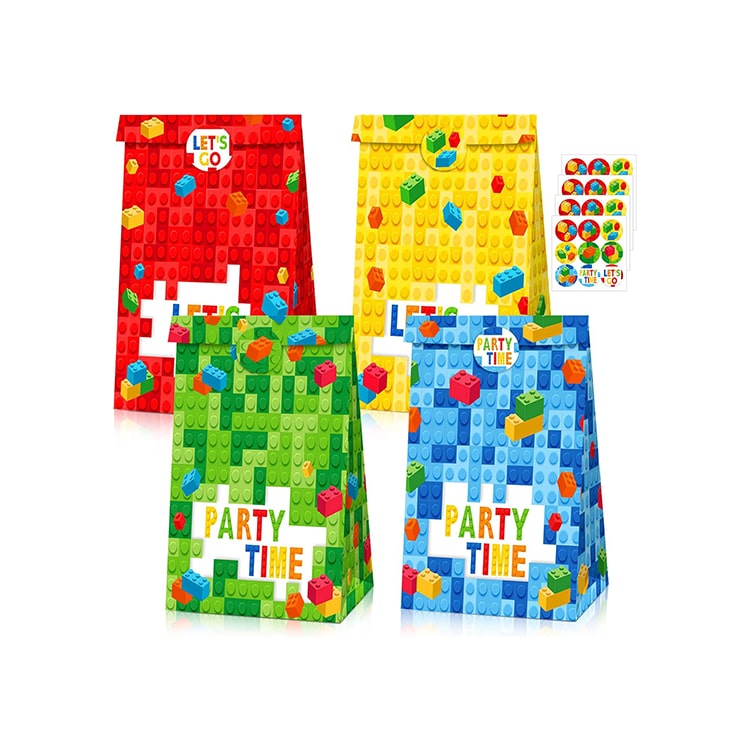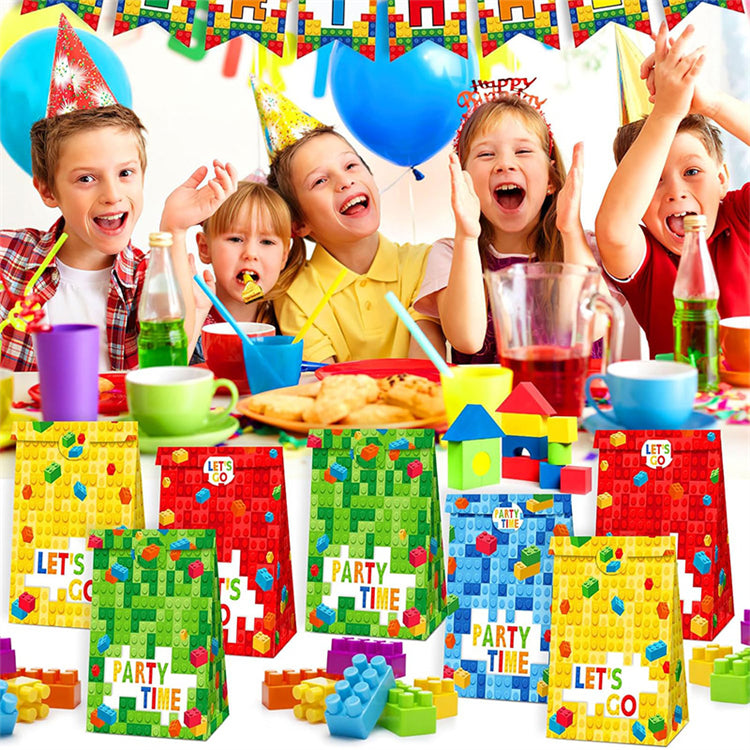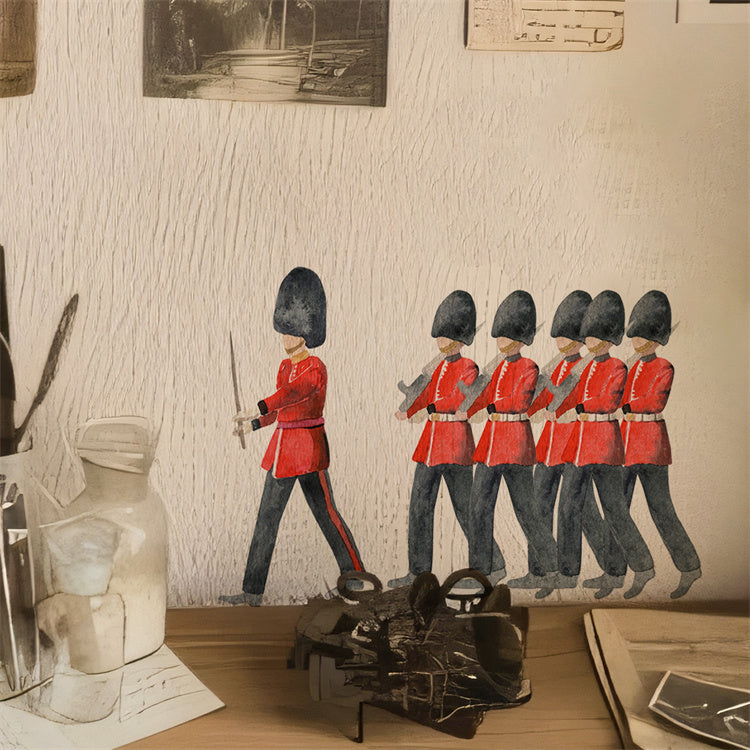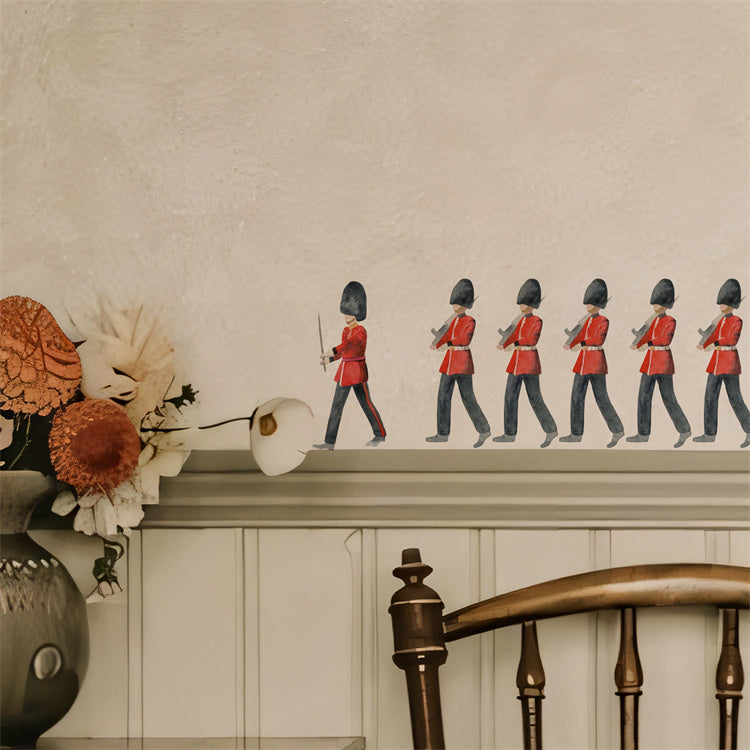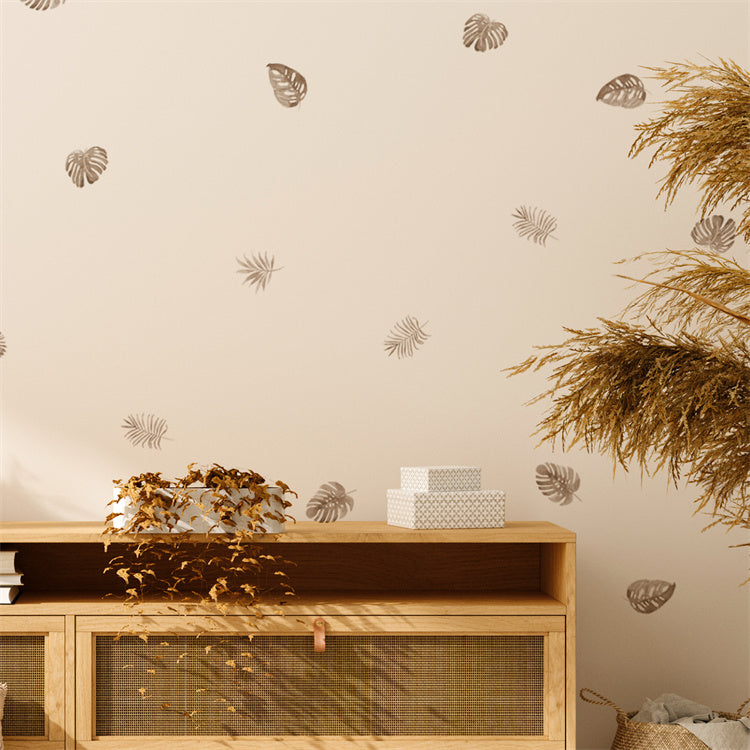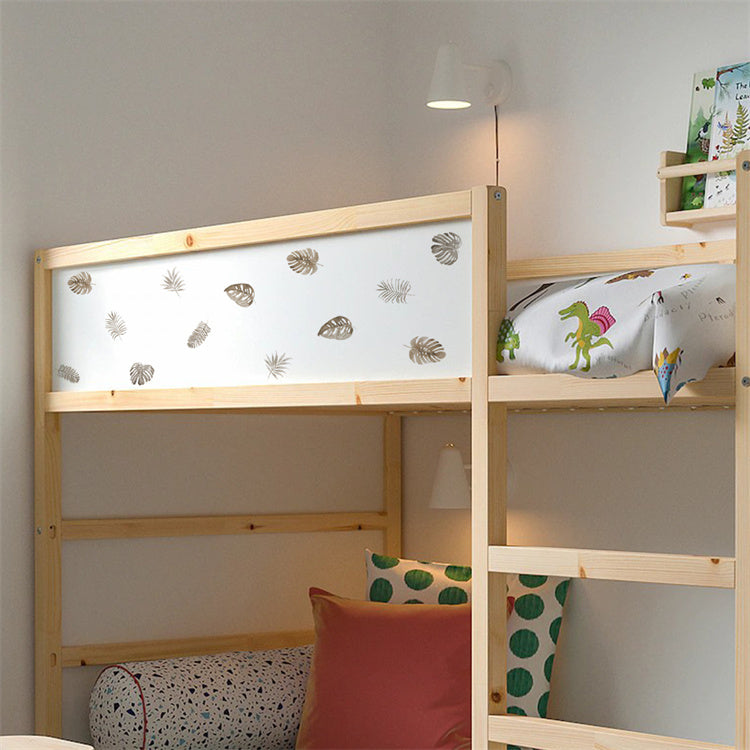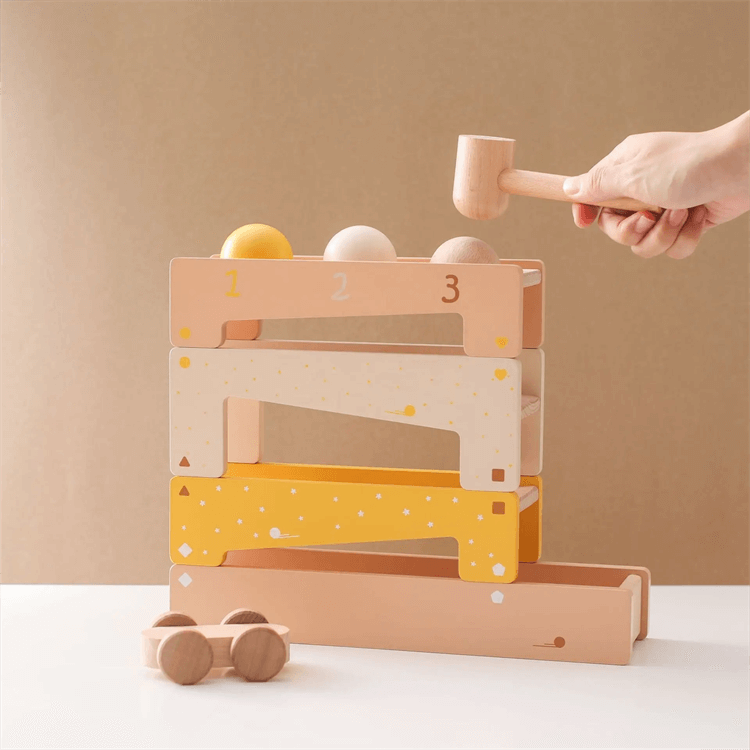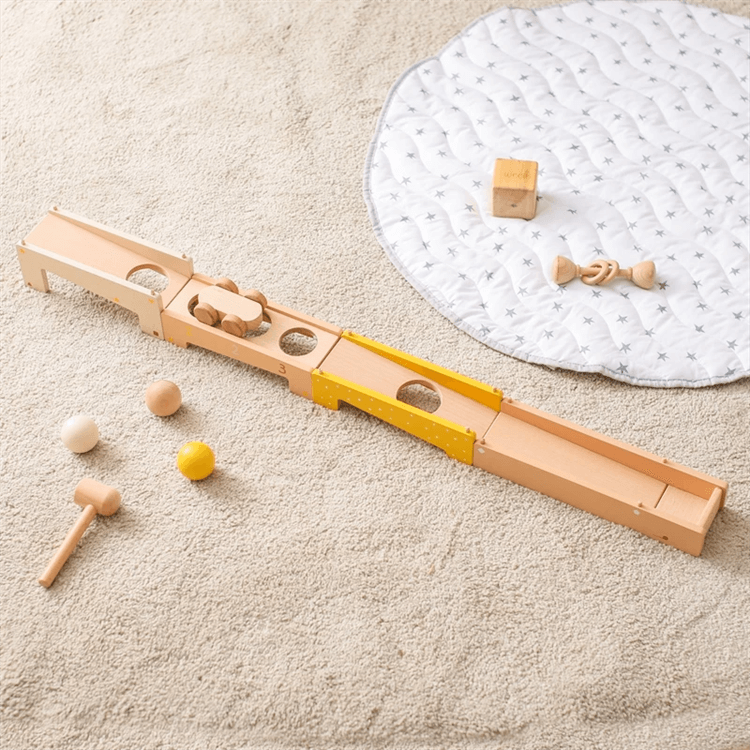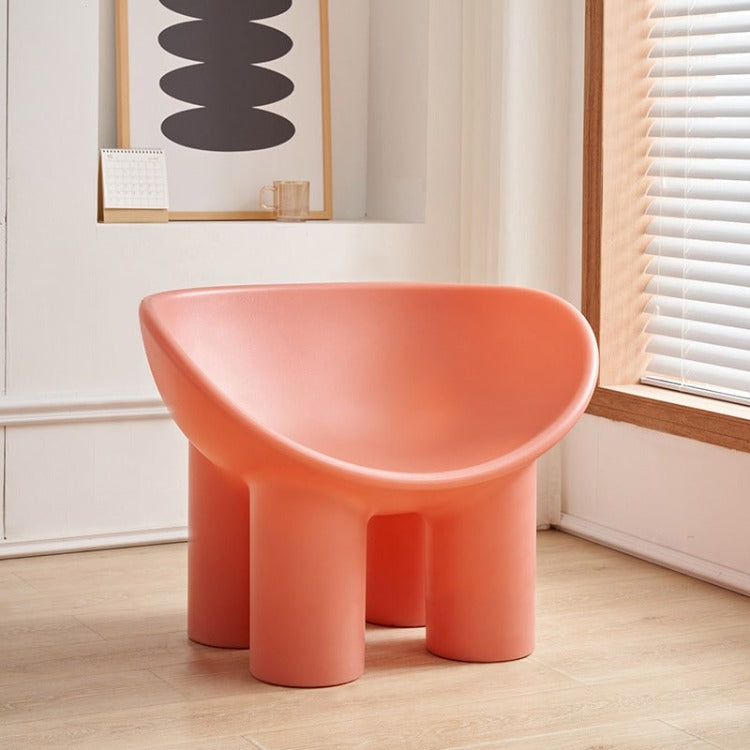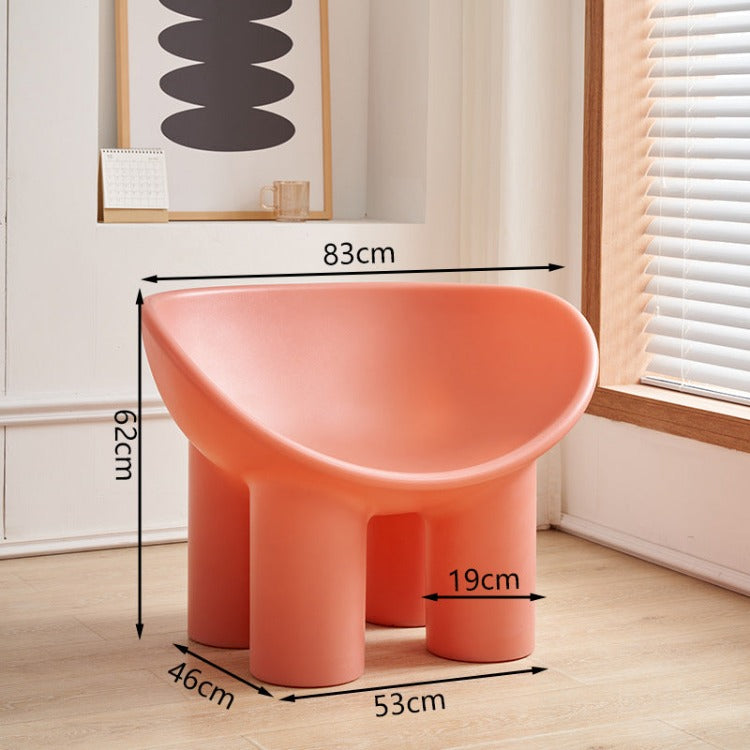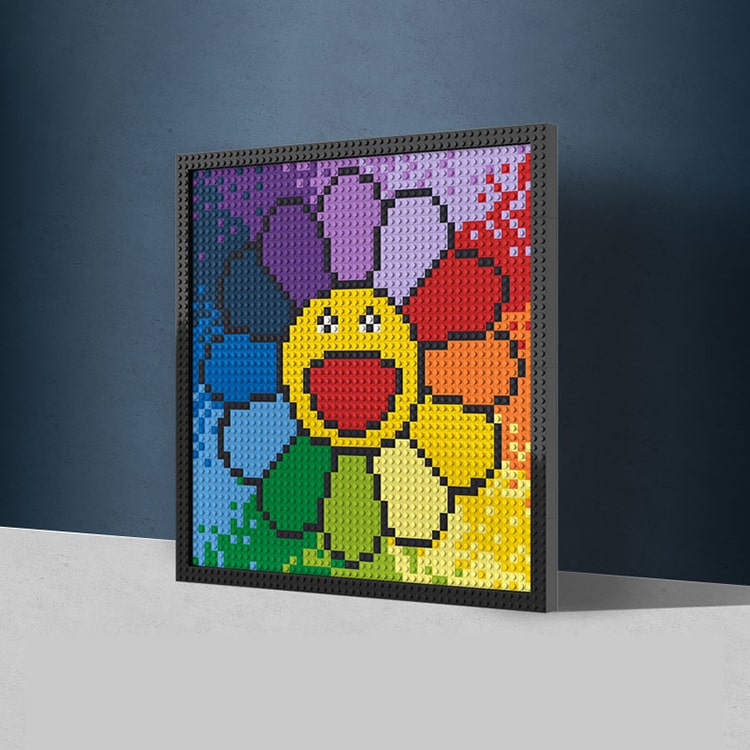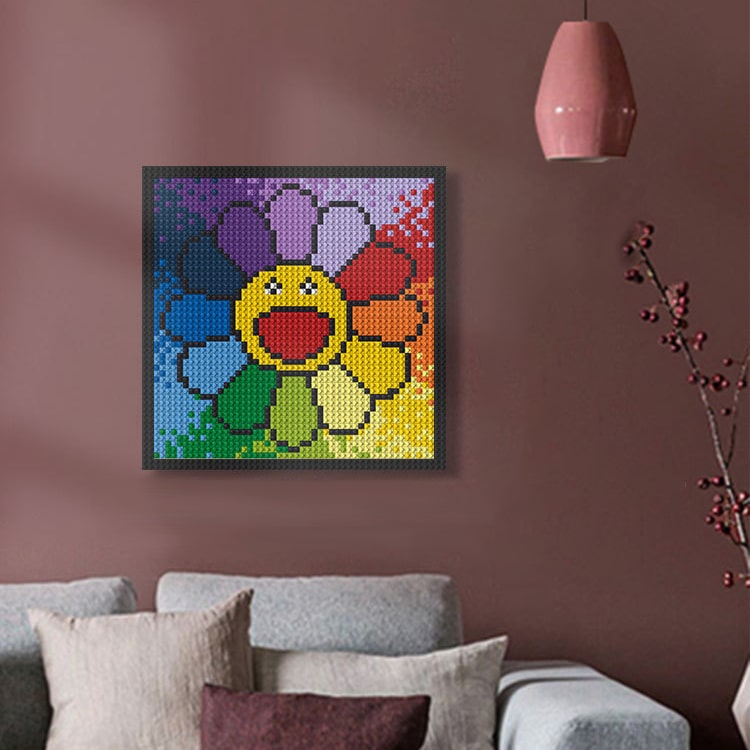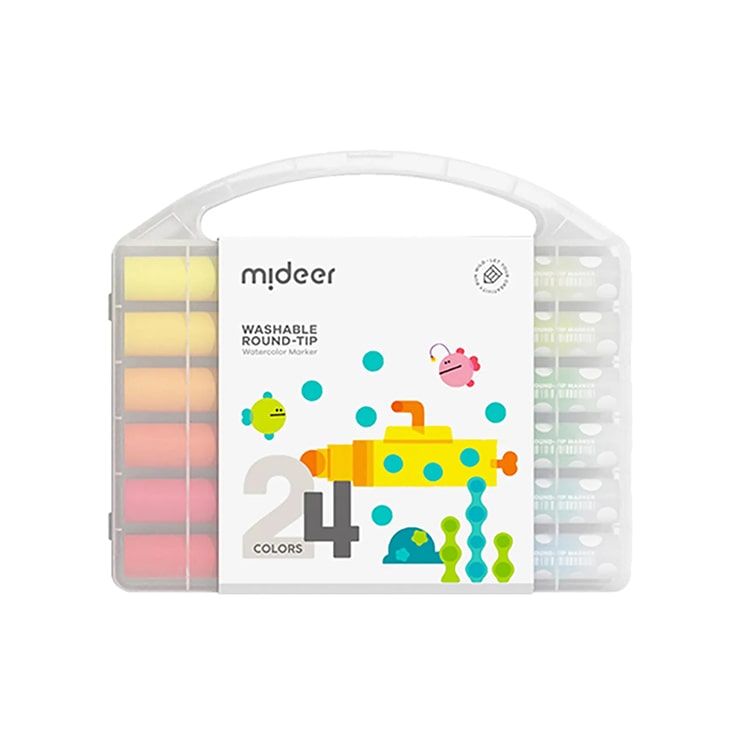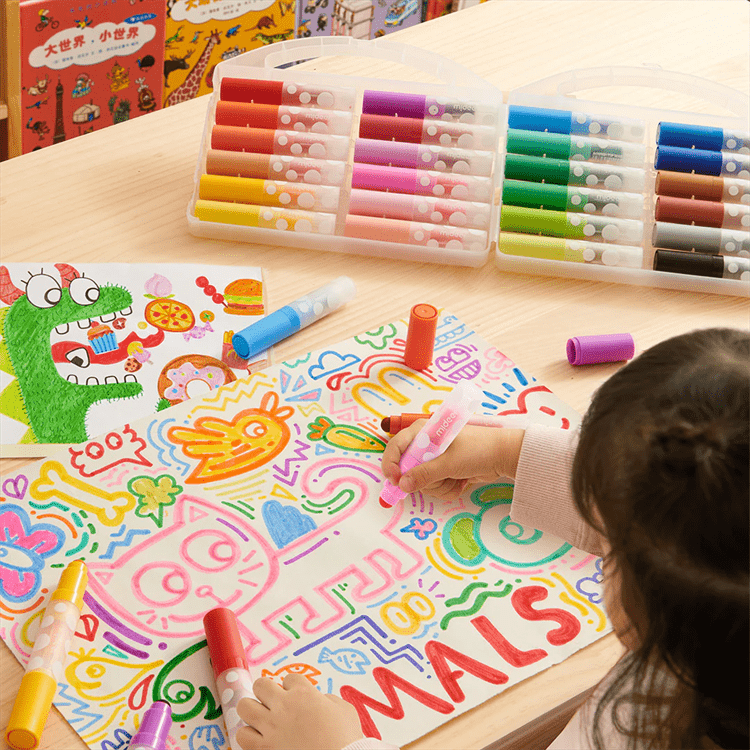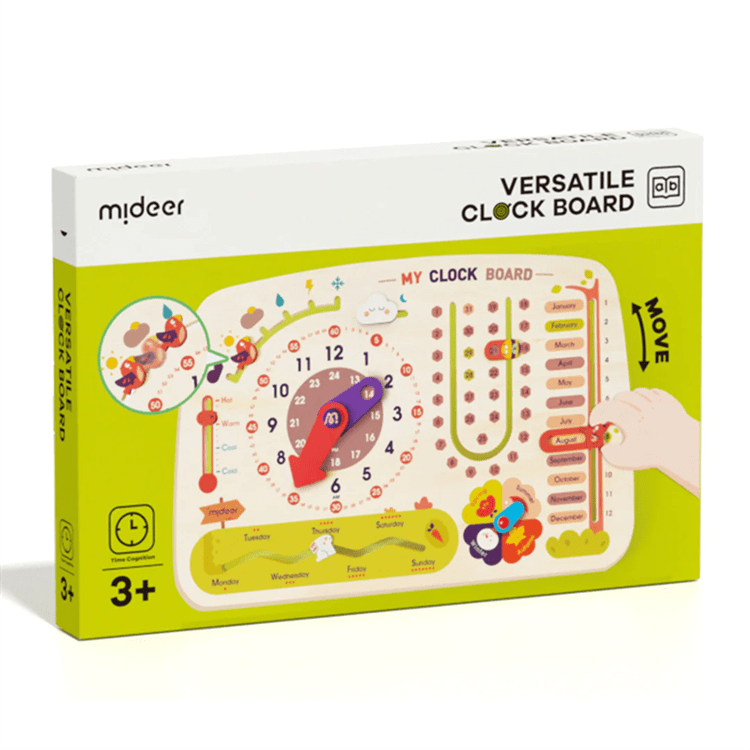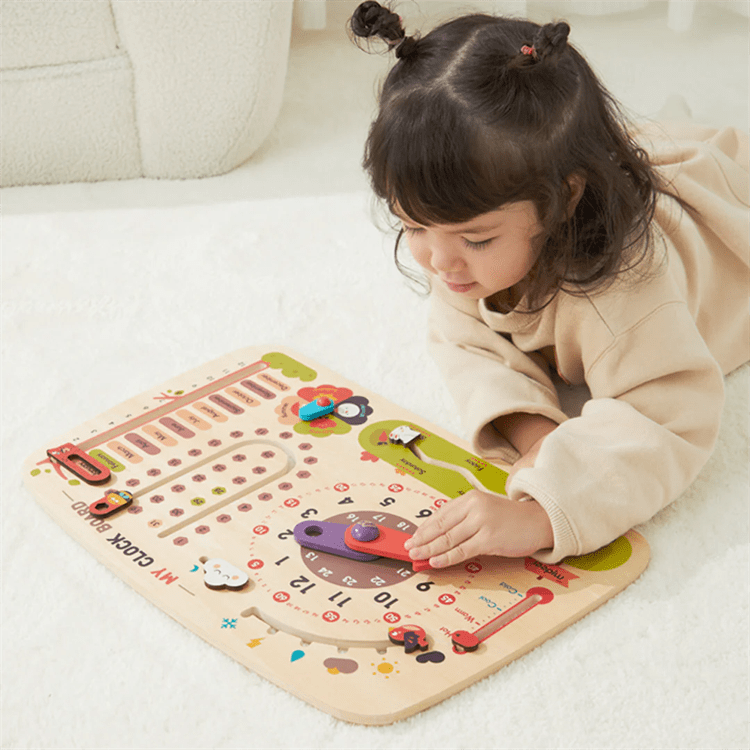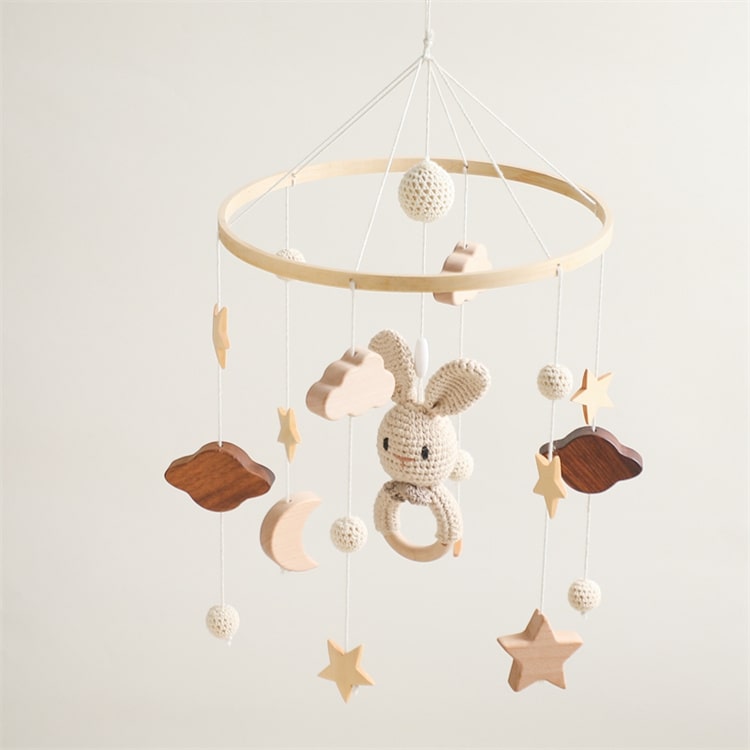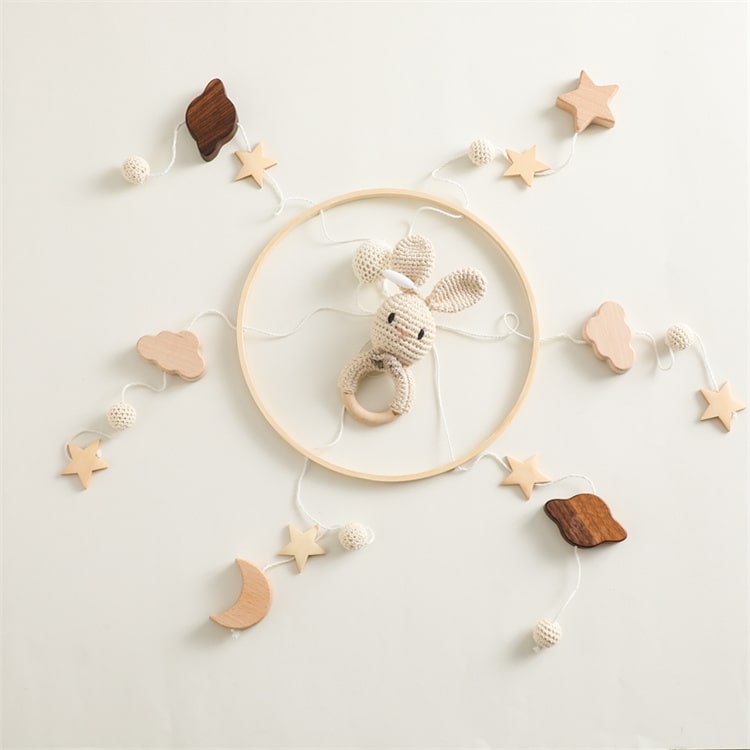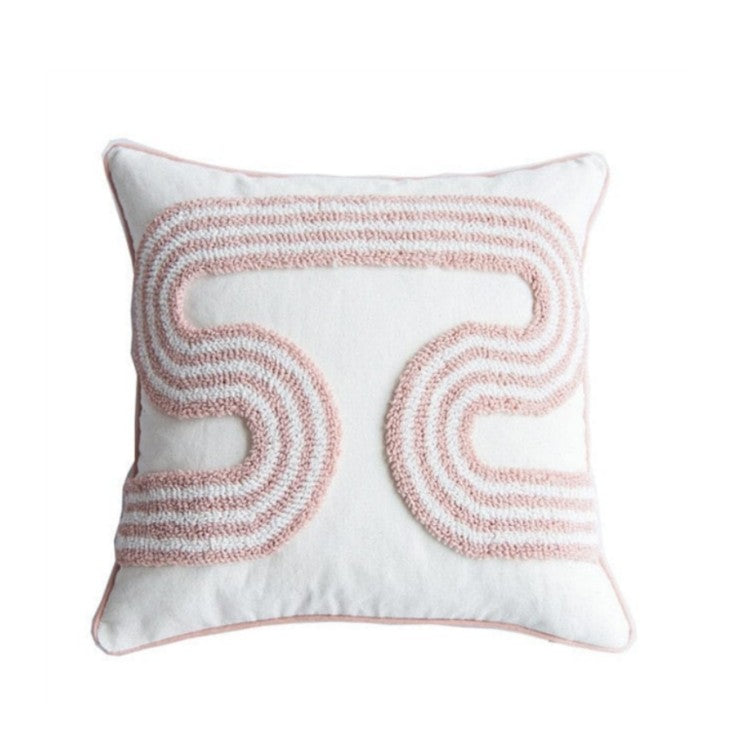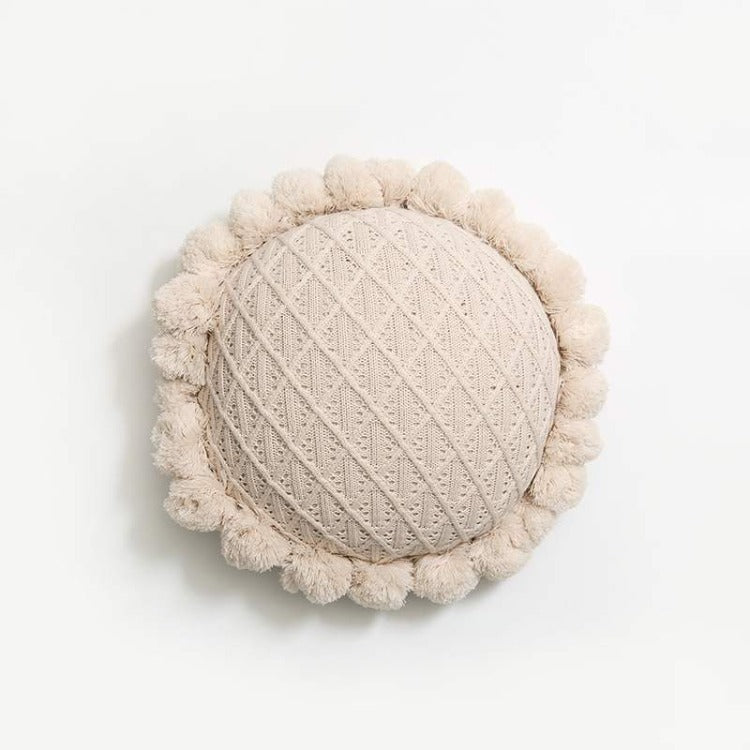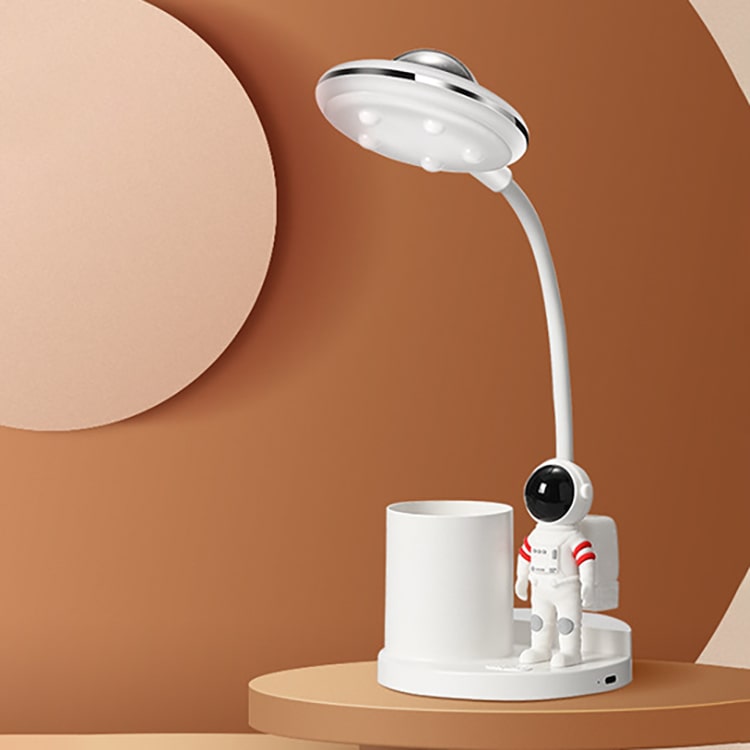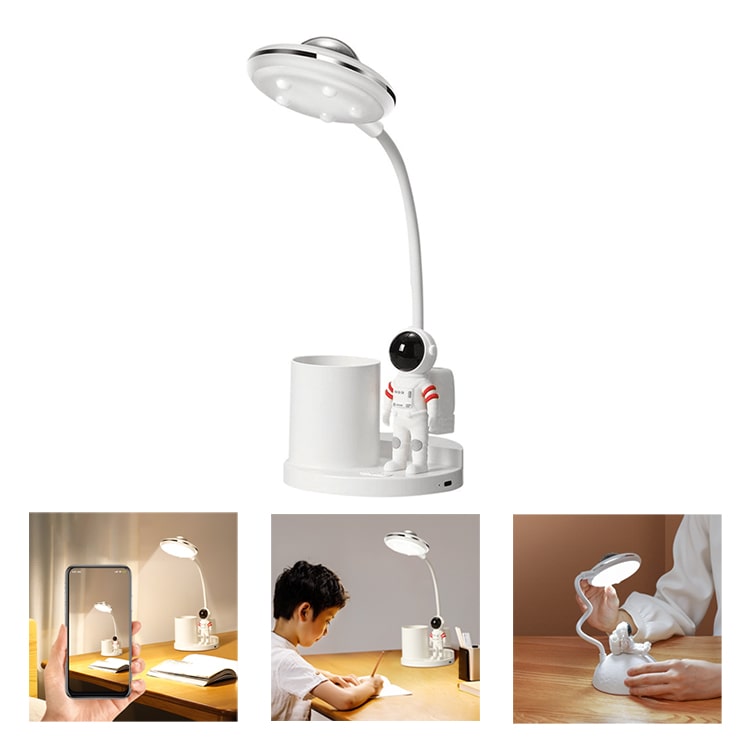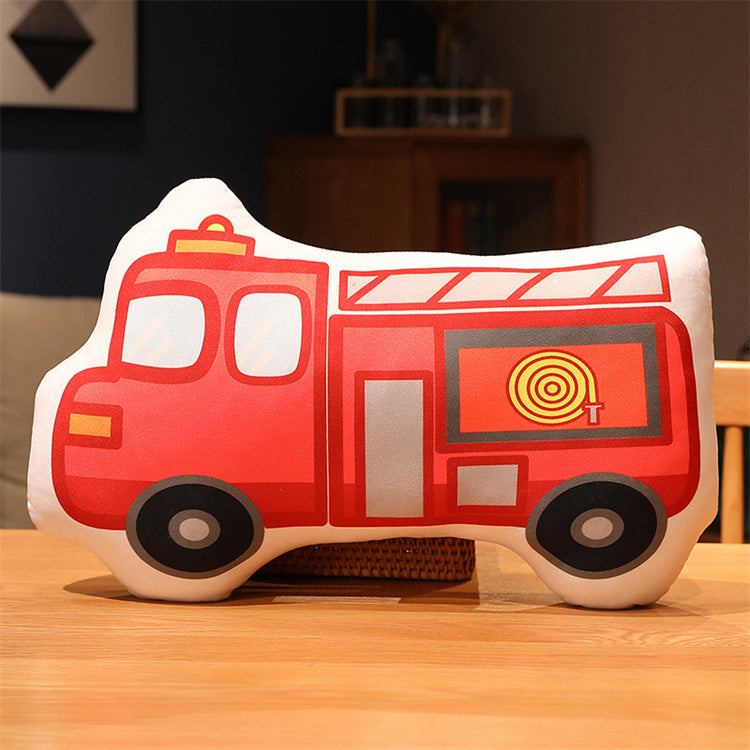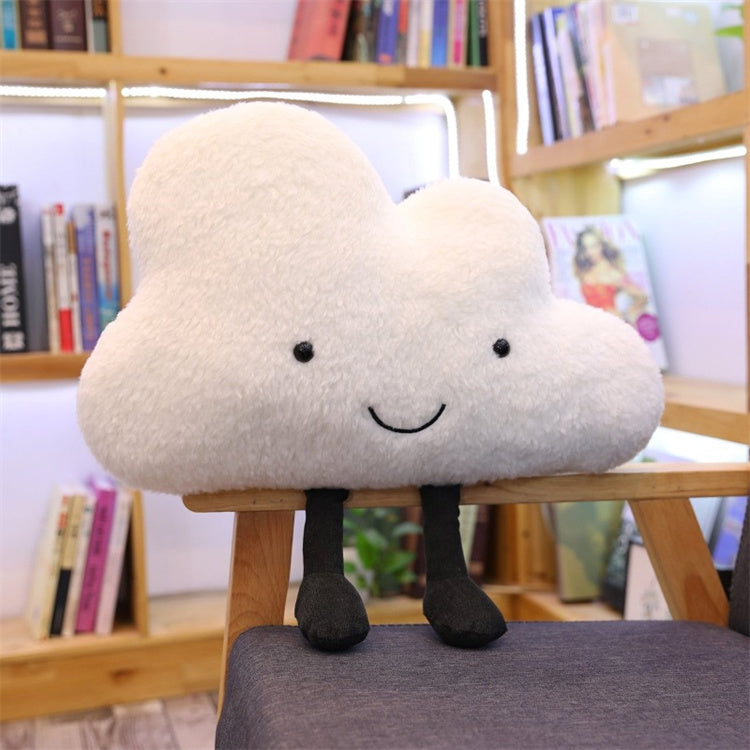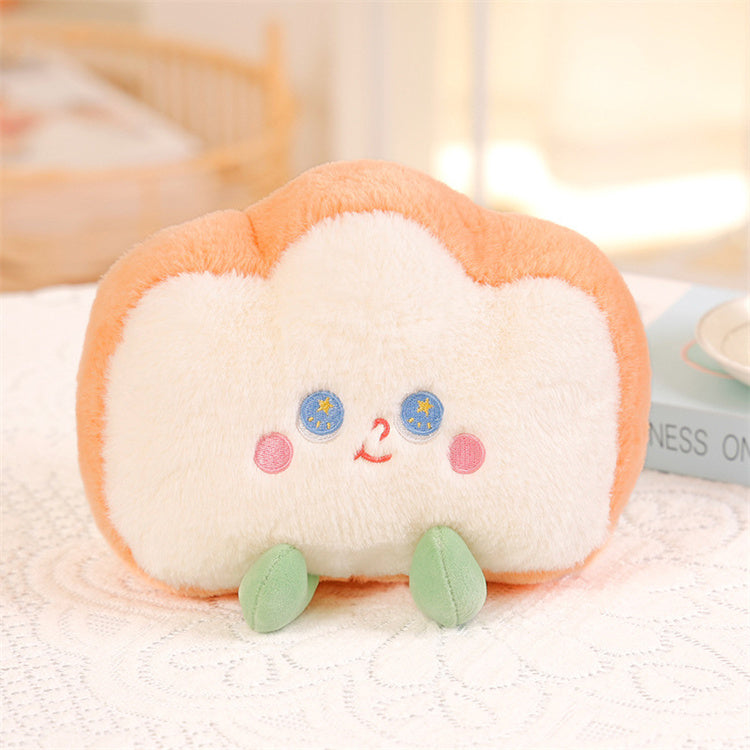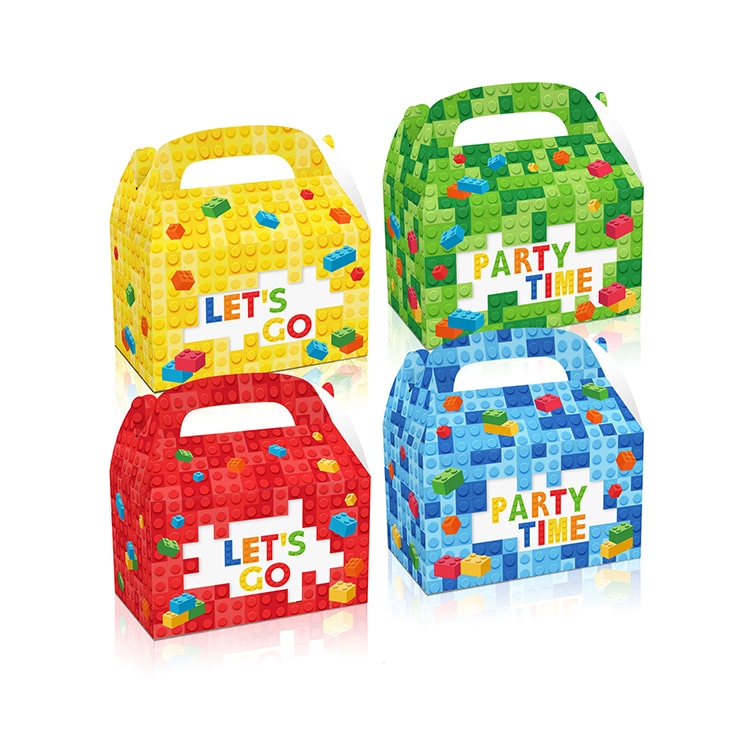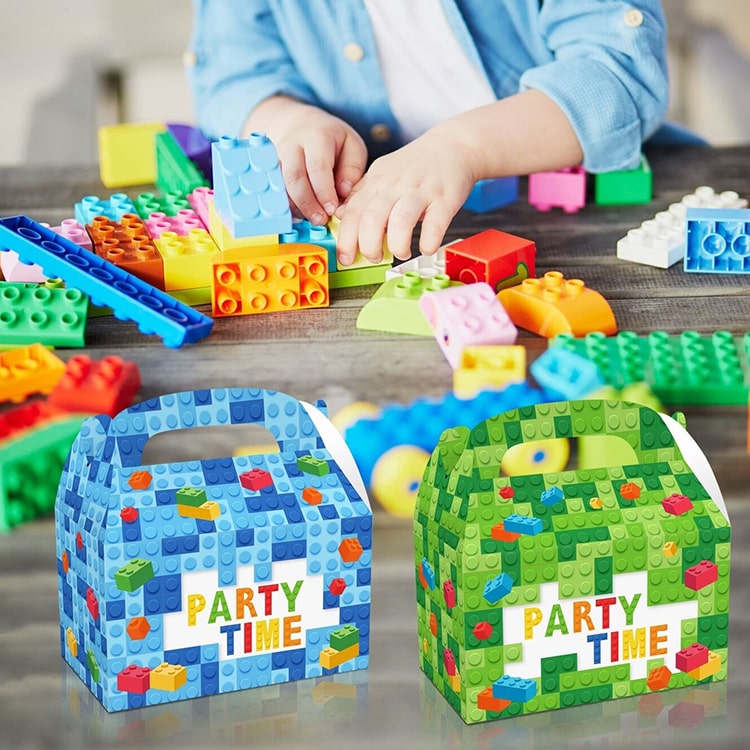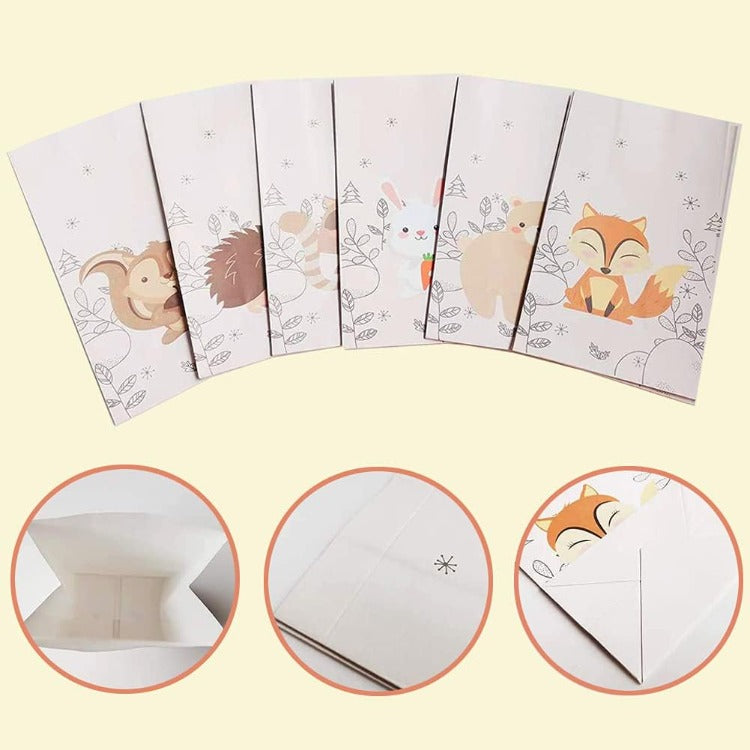
Majority of our daily movements or actions require both sides of our body to work together. This ‘phenomenon’ is most referred to as bilateral coordination or bilateral integration.
There are 3 different types of bilateral coordination, and they can be categorised as follows:
Symmetrical movements – the ability to move both hands and/or feet at the same time. Examples of this type of movement include activities such as clapping, jumping, pulling apart toys and catching balls. Both sides of the body are working together to perform the SAME motion.
Reciprocal movements – this is when the body works in a rhythmical motion, the body can differentiate between left and right. Examples of this type of movement include activities such as riding a bike, running, walking and swimming.
Asymmetrical movements – this is similar to reciprocal movements in the sense that both sides of the body work together, however this time, both sides are performing different tasks. Examples of this include playing a musical instrument, tying a shoelace or cutting paper. Both hands must work together but each hand has a ‘specialised’ function.
Each child is different and learns at their own pace. These skills are developed at different ages and different rates, so it is important to remember to have fun. Begin teaching bilateral coordination with basic symmetrical movements as they are easier to master and as mentioned, keep it simple and have FUN!

Examples of some fun bilateral coordination activities:
Symmetrical –
• Cleaning: use both hands with a large hand towel or sponge to wipe or scrub an area.
• Popping large bubbles or bubble wrap: ask your child to perform the task simultaneously using both hands. Even more fun to perform this to a song or with a timer to see who gets the most points.
Reciprocal and Asymmetrical –
• Jumping Jacks: these can be done in front of a mirror to assist with the timing and to music to make it more enjoyable.
• Playdough: Have the child roll out the playdough using a rolling pin and then have them squash it and make balls or roll snakes using both hands.
• Crumbling paper: use old magazines, newspaper or tissue paper
• Musical Instruments: anything that makes a noise can be used as a musical instrument. Grab sticks to bang on pots or add beans to empty water bottles to make your own shaker and create a band.

Bilateral coordination such as walking, cutting, throwing, catching balls and playing are movements and activities that should come naturally, however should you find your child favouring one side more exclusively consider contacting your paediatrician.


